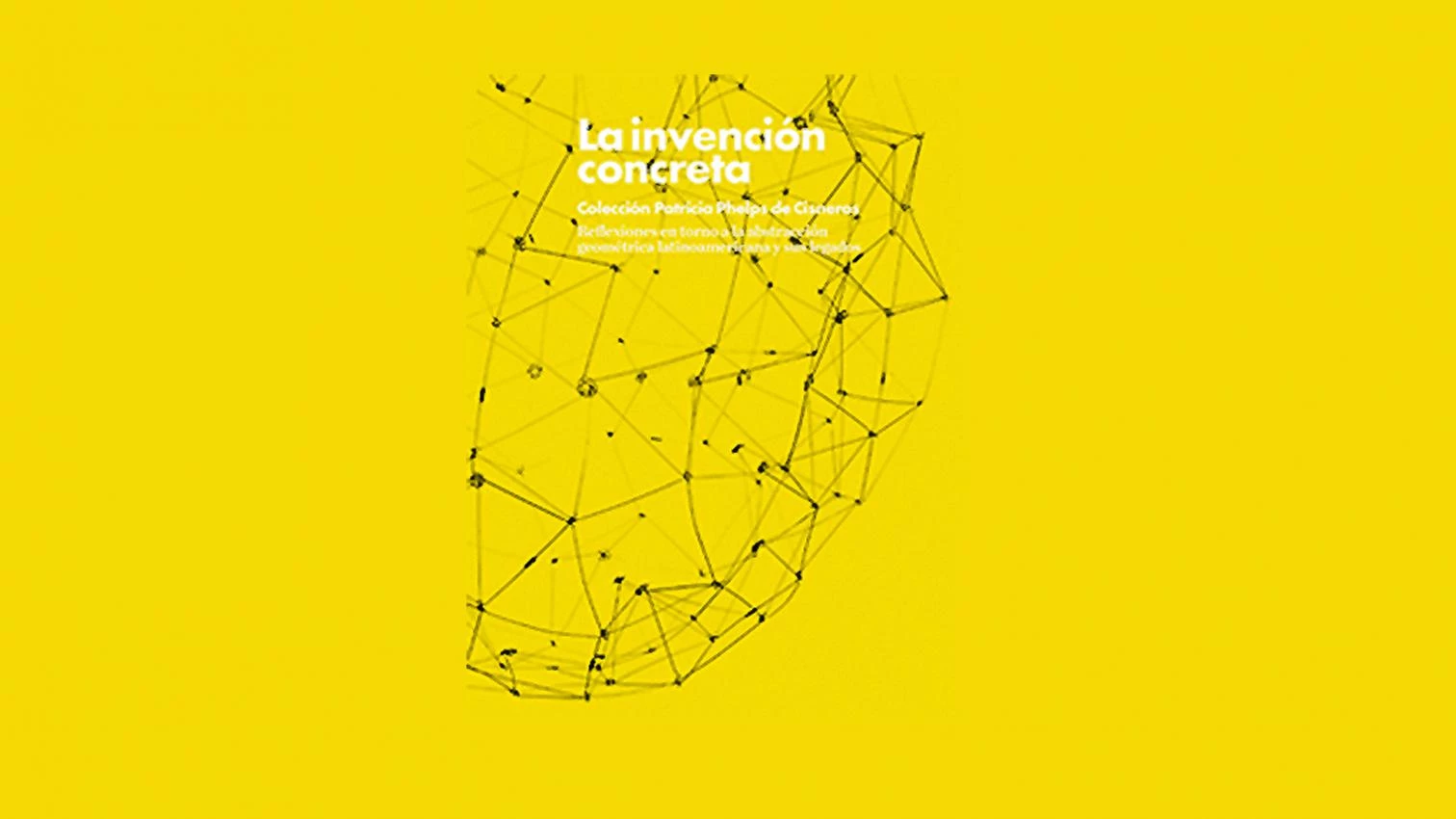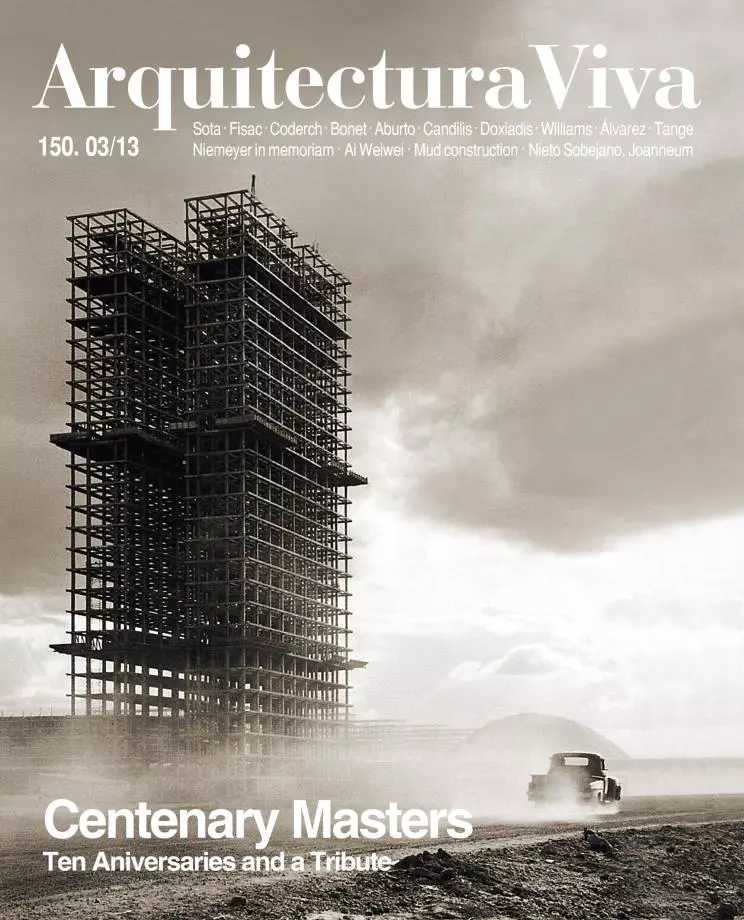
Concrete Invention captures in book form the like-titled exhibition on view at the Reina Sofía Museum until 16th September. The first major European showing of the Patricia Phelps de Cisneros Collection, curated by Manuel Borja-Villel and Gabriel Pérez-Barreiro, it presents two hundred works linked to Latin American abstraction of the 1930s and on.
The flow of the book, like that of the exhibition, is non-linear. Places and times are jumbled up, structured in five theme nodes: ‘geometry’, ‘illusion’, ‘dialogue’, ‘universalism’ and ‘vibration’. Standing out among the displays are the sculptures of ‘animal geometry’ by the Brazilian Lygia Clakr, the paintings of arcane symbols by the Uruguayan Joaquín Torres García or the light constructions of the Venezuelan Gego, who, ‘drawing’ in the air with thread and copper, manages to create subtle spaces that are nearly architectural. Especially attention-drawing is Thread, by the Brazilian Cildo Meireles.
One of the most interesting aspects of the exhibition lies in its being part of a larger project of tracing a history of alternative art. Through its discourses and programs the Reina Sofía tries to narrate the course of a peripheral modernity, beyond the confines of the centers of Europe and the United States. Such a genealogy gives a key role to Latin America: Borja-Villel speaks of creating a “network of museums of the south”. What remains to be seen is how this story can be told in times of austerity policies.







